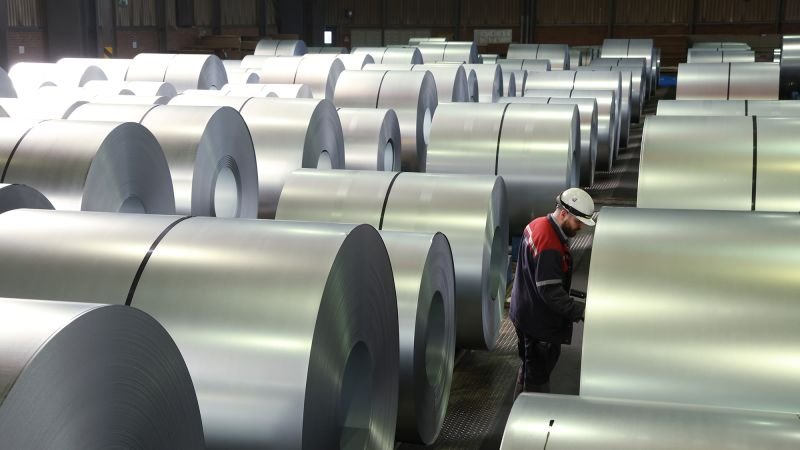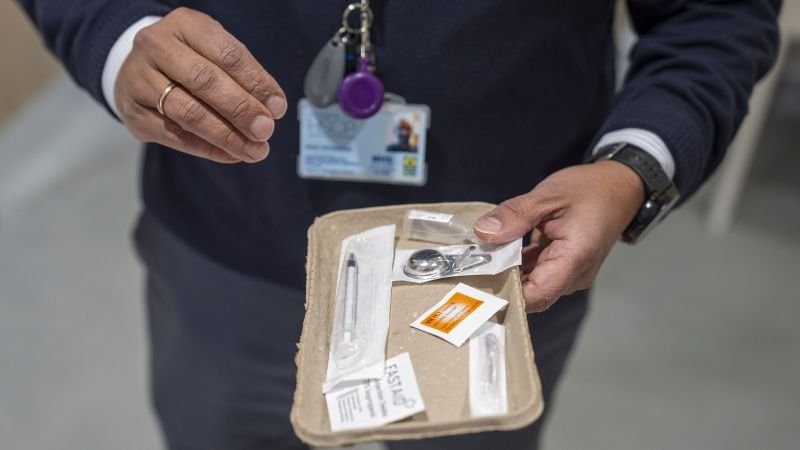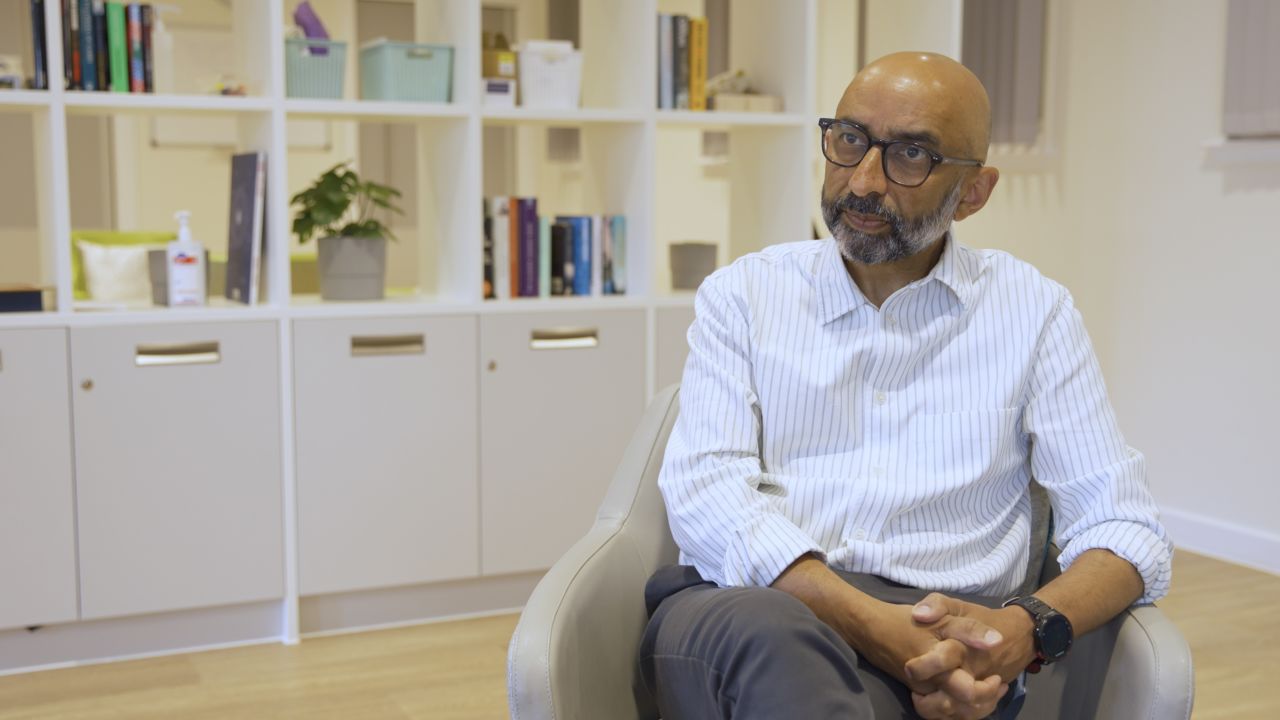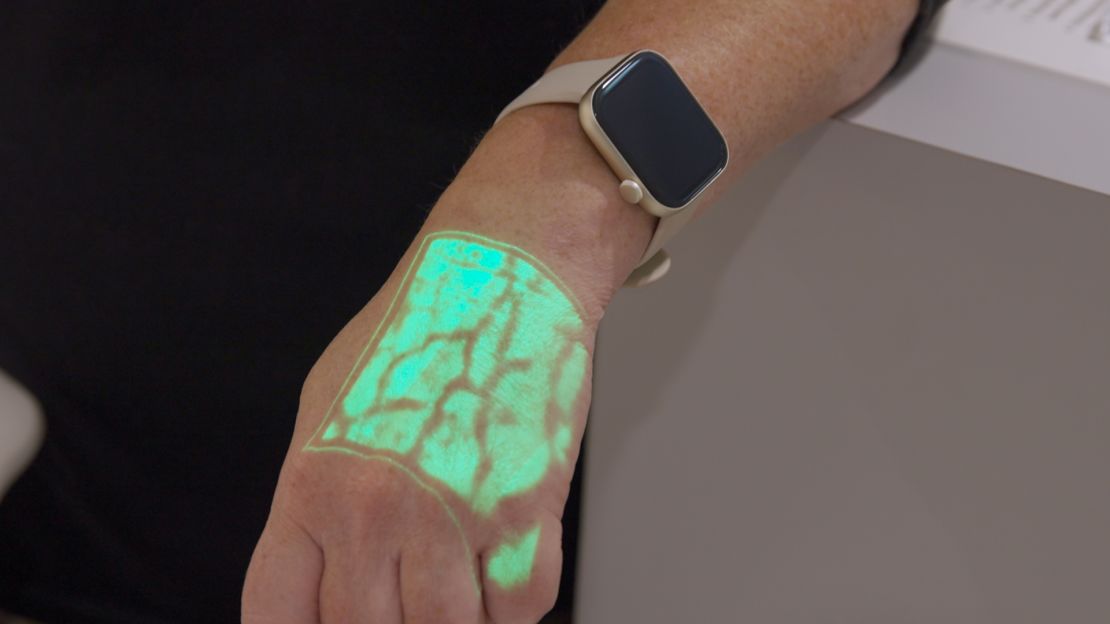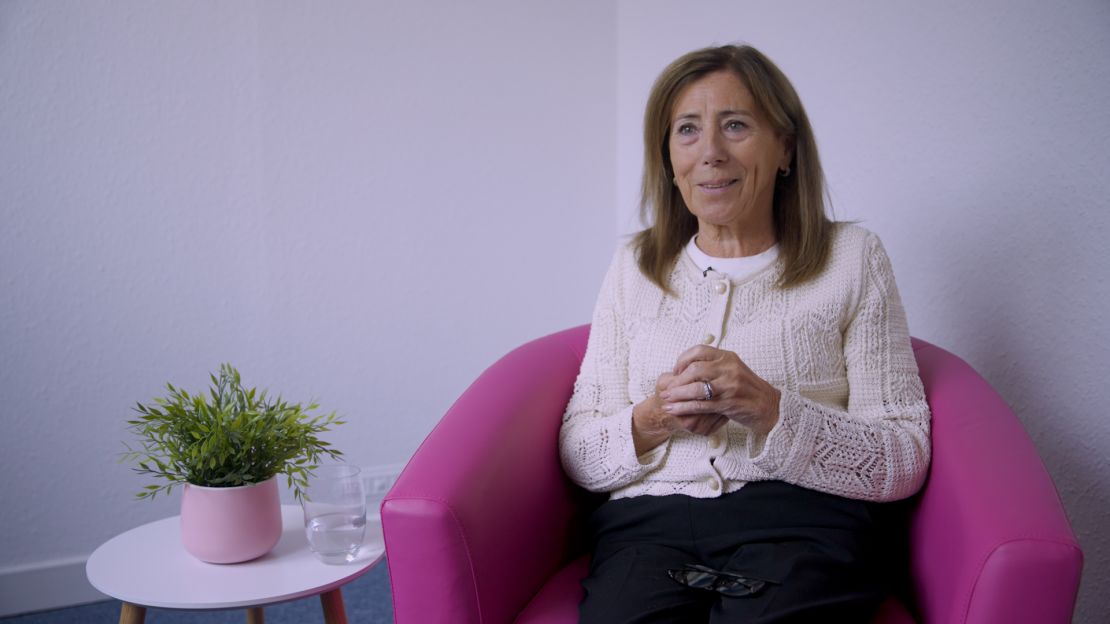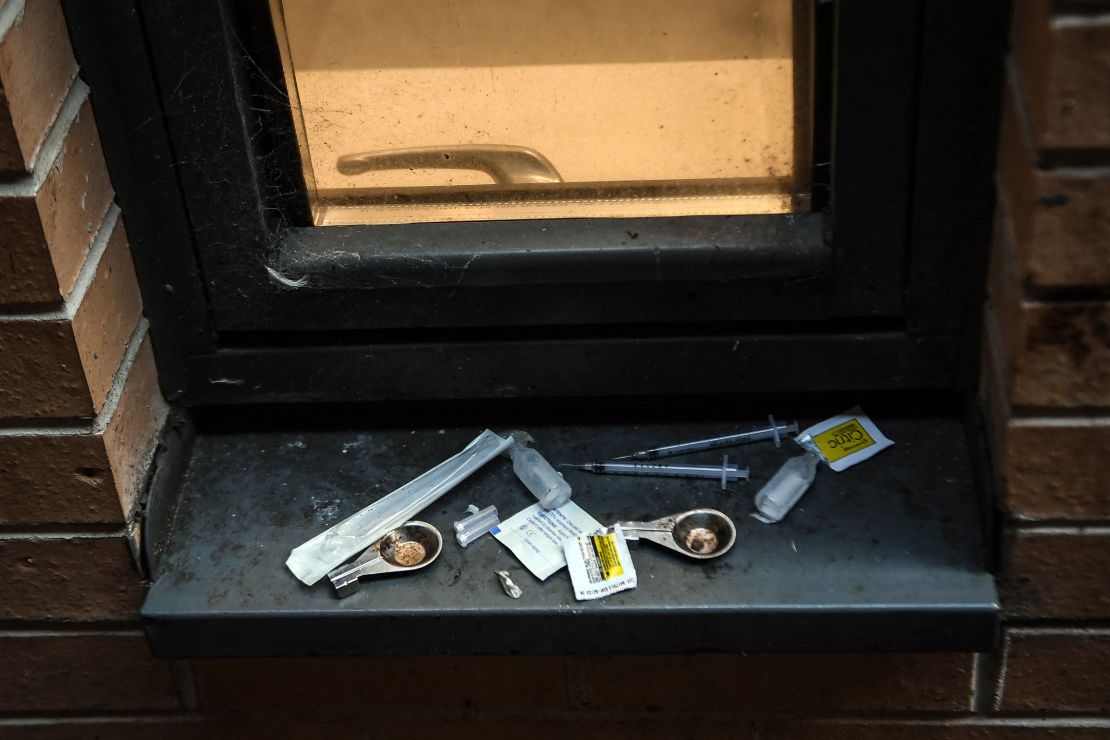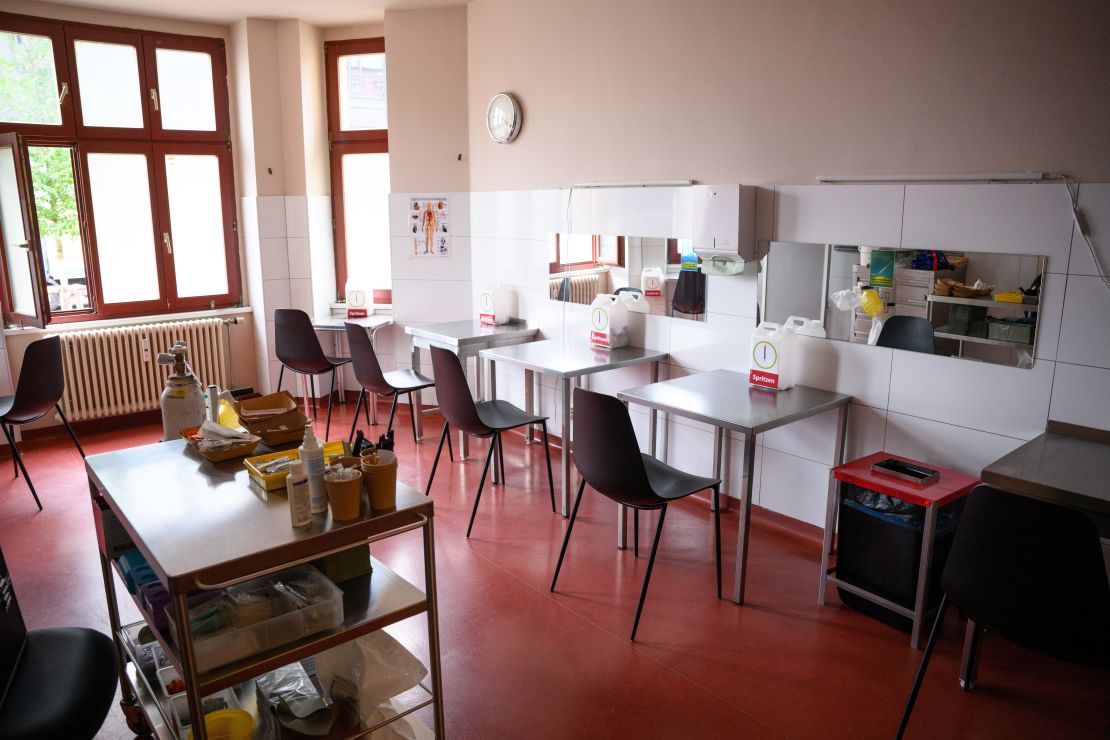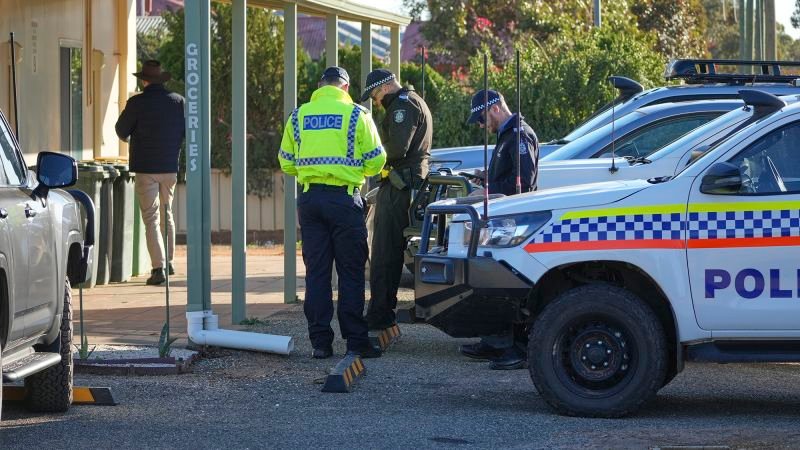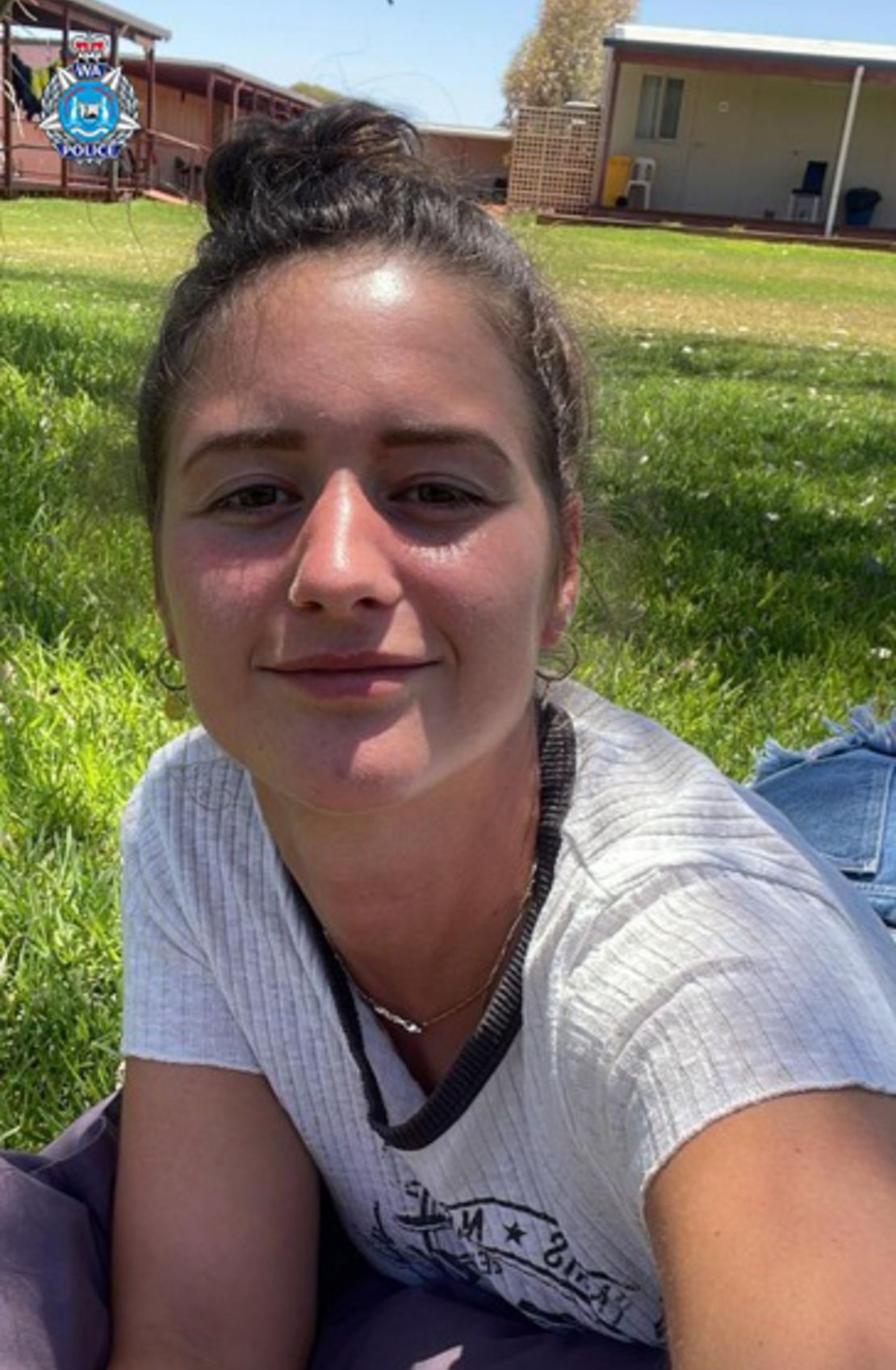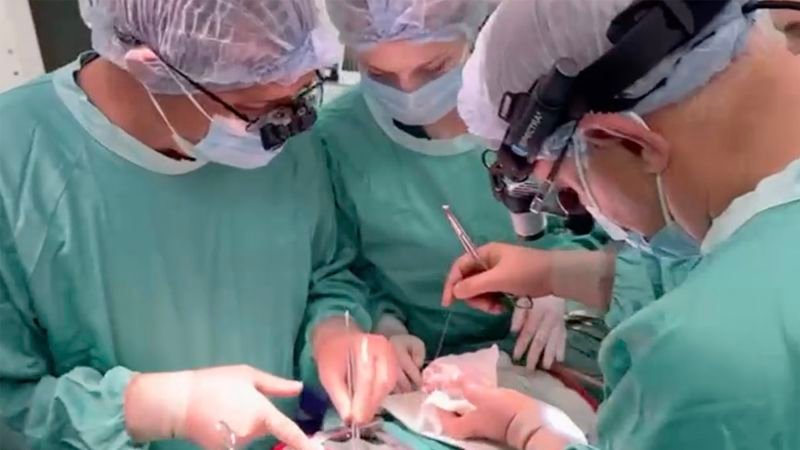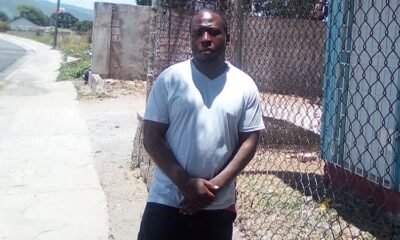CNN
—
At the conclusion of his first 100 days in office in late April, President Donald Trump made a stunning statement about his progress on tariff negotiations: He had completed trade deals with 200 countries. More than two months later, Trump has announced just three of those agreements – with China, the United Kingdom and Vietnam.
So what happened?
Wednesday marks the day that Trump had set three months ago as a deadline for all countries to reach a deal or face higher “reciprocal” tariffs. Trump has since publicly acknowledged that pausing those “Liberation Day” tariffs until July 9 left insufficient time to negotiate with practically every country around the world.
Trump had initially expected to complete more trade deals by Wednesday’s deadline, but in recent weeks he’s been convinced that landing those deals can’t happen more swiftly, sources familiar with the matter tell CNN. That’s why his public rhetoric has shifted in recent weeks to saying he would send out letters that set higher tariffs on America’s trading partners, effectively getting results on the board while talks continue.
So Trump agreed to push the deadline back to August 1 to give countries that are close to a deal a little more time for talks – particularly the European Union, which is on the verge of announcing a trade deal with the United States.
EU and US trade negotiators are nearing a framework agreement that would set in place 10% tariffs and lay out the parameters for extensive trade discussions going forward, according to three officials familiar with the matter.
The progress in negotiations with the EU, in particular, was a key consideration in extending the deadline beyond July 9. Treasury Secretary Scott Bessent pointed to the EU talks, as well as the view that several other key negotiations were in their final stages, as he advocated for more time, according to two people familiar with the matter.
Trump still needs to sign off on any final agreement and talks between the two sides are ongoing, but the officials said the agreement would be announced before the end of the week. Olof Gill, trade spokesperson for the European Commission, confirmed in a press briefing Wednesday that EU trade negotiators are in active discussions with US Commerce Secretary Howard Lutnick and US Trade Representative Jamieson Greer and that a deal is expected to be announced in the coming days.
The progress marks a dramatic turn in Trump’s long-standing, long-public disdain for the EU, a view that served as the backdrop to months of frustrating and intractable trade discussions this year.
But Trump’s tone – and behind the scenes, the tenor and tempo of the negotiations – shifted dramatically in the weeks since he threatened 50% tariffs on the EU in a morning social media post in late May. That unexpected and dramatic threat sparked an immediate response from the EU and set the stage for an urgent effort to reach some form of an agreement before Trump’s “reciprocal” tariffs snapped into place.
EU officials have been in the midst of briefing member countries about the framework and proposed negotiating process, one of the EU officials said, adding that despite the often-divergent equities of the bloc’s nations, the deal has been presented as the best and likely only way to avoid a dramatic escalation in tariffs on August 1.
Trump’s negotiators have maintained a hardline on the EU’s push for exemptions to sectoral tariffs already in place or forthcoming, the officials said. For instance, a push to reduce Trump’s 25% tariff on autos is a central late-stage focus of the discussions, as has an effort to cut the 50% levies on steel.
US negotiators have indicated some willingness to consider key EU industries and products for possible rate reductions, including airplanes, alcoholic beverages and some agricultural products. But it would require Trump’s final sign-off, the officials said.
EU officials have also pledged to significantly increase purchases of US energy and defense sector goods.
If a deal can’t be reached, the EU has vowed to introduce countermeasures targeting billions of dollars’ worth of US exports to the bloc.
Those retaliatory steps have been due to come into force on July 14. It is not yet clear if the EU will push back that date to account for Trump’s extension of his “reciprocal” tariffs deadline to August 1.
“If no agreement is reached by the stated deadline, the EU is prepared to activate targeted and proportionate countermeasures in defense of its legitimate interest,” Marie Bjerre, Denmark’s minister of European affairs, reminded the European Parliament Wednesday, noting that there are limits to the bloc’s patience.
Trump has been frustrated by a lack of progress on trade. During a cabinet meeting Tuesday, he said his tariff threats have successfully brought trading partners to the table – but the deals other countries have offered the United States are unacceptable.
“They say … ‘We will give you total access, and you don’t have to pay any tariffs, but please don’t charge us tariffs,’ and we don’t like that deal,” Trump said. “We’re not hard-line, but it’s about time the United States of America started collecting money from countries that were ripping us off – ripping us off – and laughing behind our back at how stupid we were.”
Trump this week has sent out several letters setting new tariffs, including 25% tariffs on Japan and South Korea. Other letters are expected to be publicized Wednesday.
Other deals have been harder to come by.
India has long been viewed as the most likely major partner to sign onto a framework with the US. But Indian trade negotiators have hardened their positions in recent days, according to US officials. India is also a member of the BRICS group, so it’s unclear what Trump’s 10% tariff threat on BRICS countries Sunday means for trade negotiations.
South Korea had also been viewed for weeks as likely to reach an agreement, though Trump’s auto tariffs remain a key sticking point in those talks, and Trump’s letter on Monday may have thrown a wrench in those gears.
Japan steadily moved further away from an outcome in recent weeks, and Trump cast significant doubt on talks that once seemed on a path to a certain agreement. Japanese trade negotiators, who just weeks ago were scrambling to lay the groundwork for an announcement by last month’s Group of Seven summit, have delivered far more pessimistic messages in their public statements in recent days.
Japan’s Prime Minister Shigeru Ishiba said Tuesday that despite “earnest and sincere discussions,” Japan has been unable to reach a deal, according to remarks translated by CNN. “We deeply regret that the US government has imposed additional tariffs and announced plans to raise tariff rates,” Ishiba said.
Indonesia, Cambodia and Thailand have all delivered substantial offers to their US counterparts in the last two weeks in an effort to move to the front of the line for an agreement and are likely candidates for any near-term deal in the next few days, US officials said.
Brazil has ramped up its efforts to secure an agreement, including bilateral talks at the end of last week designed to expand on an earlier offer to sharply reduce tariffs on certain US products, American administration officials said.
The most prevalent point of contention among foreign trade teams has been a lack of clarity on what their US counterparts envision for any final agreement.
But the biggest roadblock in the more expansive negotiations has been the existence – or promised imposition – of Trump’s sectoral tariffs on autos, steel and pharmaceuticals, US officials said.
CNN’s Alayna Treene, James Frater and Anna Cooban contributed to this report.

